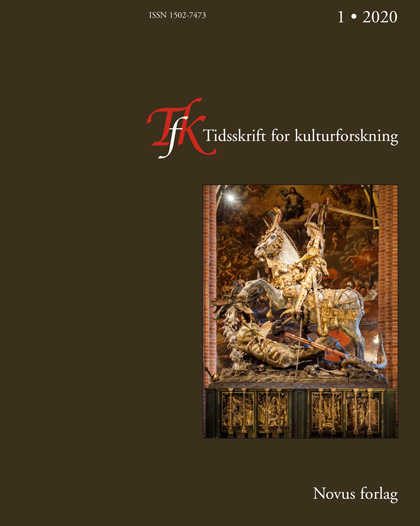Sammendrag
The article contributes a historical exposé of official memorials with state- or regional-political character in the Nordic countries, from the Middle Ages until today. Intervening in an overlapping field of the history of art and architecture and memory studies, the author proposes a new model of analysis for monuments that downplays the relevance of form, and focuses on the relations between the sender, message and recipient. The categorization of a selection of early and significant examples of monument types into three genres - the image of the prince, mirror of society and self-organization of memory - forms the basis for an argument that a shift in the relations has taken place, arguably the most important change in the conception of monuments. From having been devised to send unambiguous messages, often in the form of allegory, the memorial is today to a larger degree conceived to cater for the users' needs, free interpretation and expected self-organization of memory practices. The article also demonstrates that form types and memory functionality known from the twentieth and twenty-first centuries largely were established in the Middle Ages and early modern period, if also in politically and culturally dissimilar contexts. The observation makes the author ask if modern memorials are not created with much the same motives as the early modern ones.
Forfattere beholder opphavsretten og gir tidsskriftet rett til første publisering av arbeidet. En Creative Commons-lisens (CC BY-SA 4.0) gir samtidig andre rett til å dele arbeidet med henvisning til arbeidets forfatter og at det først ble publisert i dette tidsskriftet.

